The Renewable Energy Revolution
Transforming the world’s energy supply will take decades. It is a very tall order. But it’s starting. The price of renewables – and energy storage – continues to plunge, putting them on a path to being cheaper than any other form of energy within the coming decade. And they continue to grow exponentially – albeit it from a low baseline – spreading out into the market.
WIND
Wind, more established than solar, has seen it’s price decline by a factor of more than 20 over the last 30 years. The average wind power purchase agreement signed in 2013 was priced at 2.5 cents per kwh.
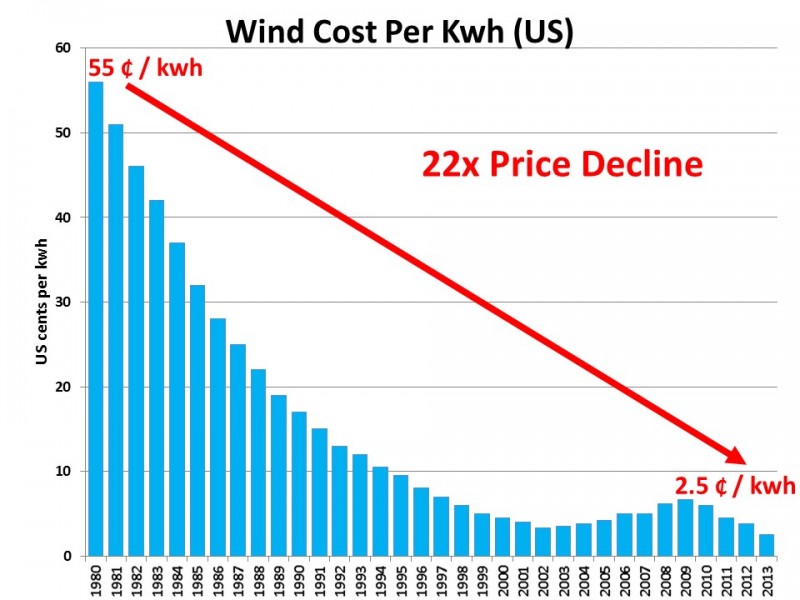
In many parts of the US and the world, wind power is now the cheapest source of new power.
In scale, the amount of wind power around the world has grown by an astounding 10x (1000%) over the last 11 years. Incredible.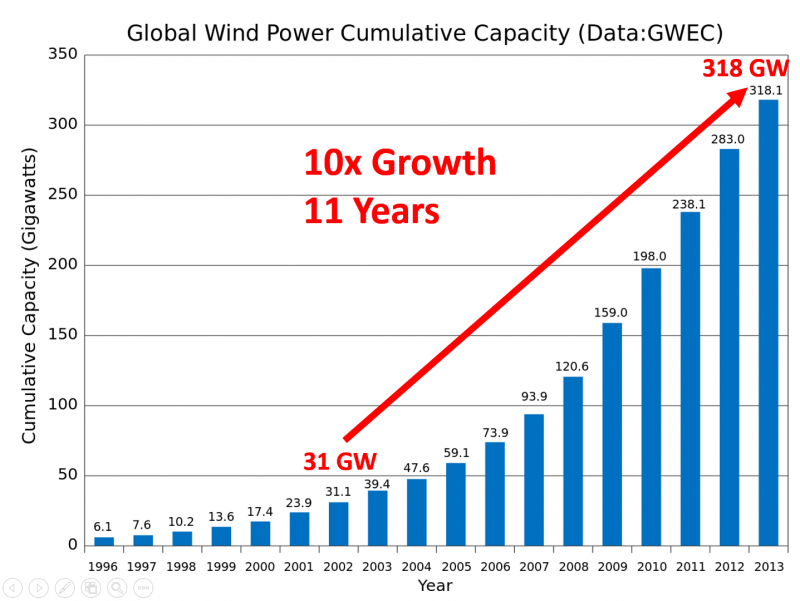
SOLAR
Solar makes wind look slow and sedate. Solar PV module prices have dropped an astounding 150x since 1977.

Of course, module costs are not the whole cost. Even so, fully system cost continues on an impressive decline of its own, having fallen by a factor of three in just the last 10 years – a more rapid decline than any other energy source.
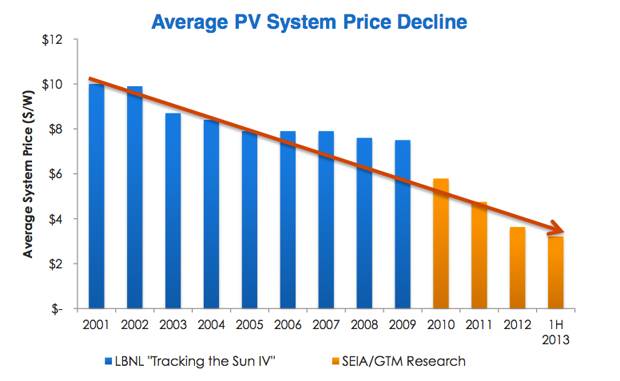
And the solar market, in response to plunging prices and market and regulatory incentives, has exploded, surging by an incredible 100 times (10,000%) in just 13 years. A few years ago the total solar installed base was just 1/10th that of the wind power installed base. Now it is almost half the size of the wind installed base, and poised to overtake it in the next 4-5 years.
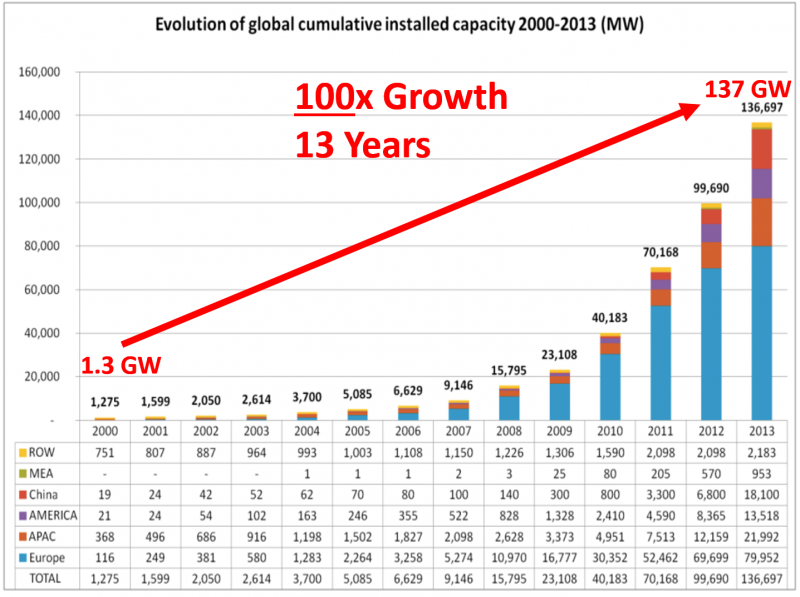
OUTPACING IEA PREDICTIONS
The growth of solar and wind has been staggering. It has also consistently outpaced the projections of the International Energy Agency, the US Department of Energy, and virtually all other traditional energy forecasters. The graph below shows how the IEA, in particular, has had to raise their forecasts of future solar and wind growth every year to keep up with actual growth rates.
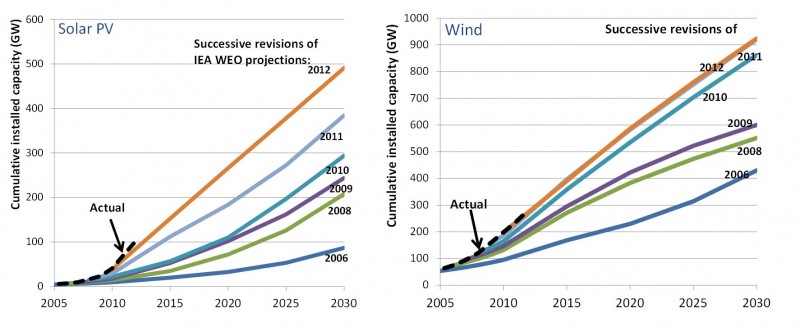
And in fact, the IEA predicts that new installations of solar and wind will stay flat or decline over time, despite all evidence to the contrary.
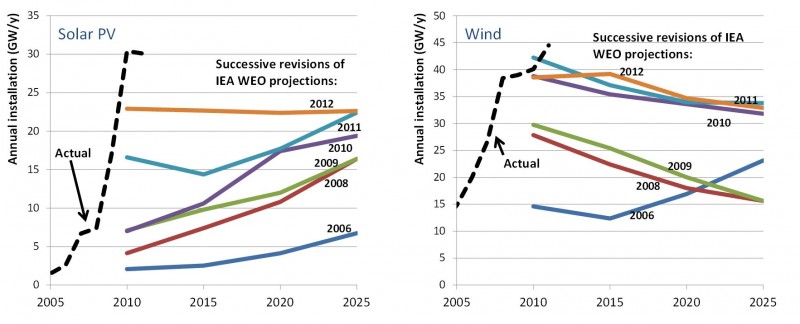
Here’s a fuller analysis of IEA’s continual under-estimation of renewables. Bear this trend in under-estimating new technologies in mind when reading forecasts from traditional energy forecasters.
BATTERY STORAGE
Finally, while the battery storage technology for the grid is, IMHO, unlikely to be lithium-ion, and is more likely to be flow batteries, it’s instructive to look at the price history of lithium-ion batteries to see what’s possible.
Between 1990 and 2005, the price per unit of energy stored in lithium-ion batteries dropped by a factor of 10, and the amount of energy that could be stored per unit weight nearly tripled.
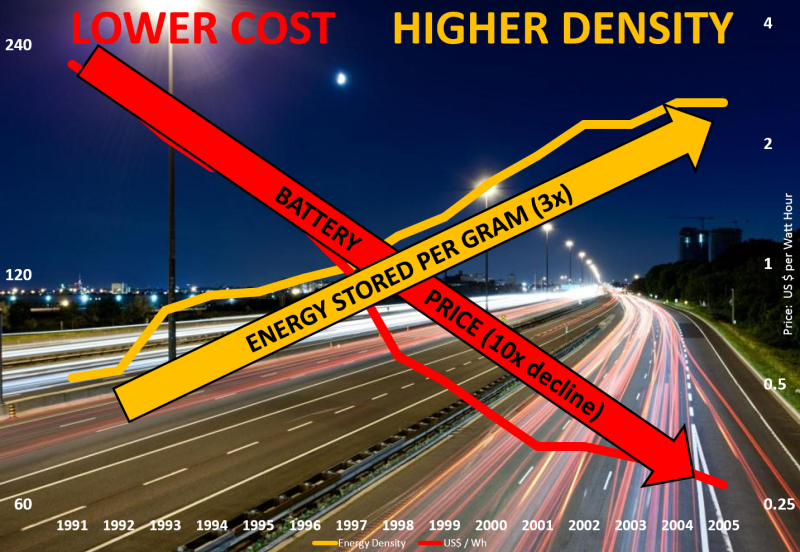
That’s instructive, as flow batteries appear to be nearly at the price to make them viable for grid storage. If they have similar price trajectories as they scale, renewables will see one of their most formidable obstacles to adoption removed.
We shouldn’t trivialize the challenges ahead. It took decades, if not a century, to build the modern energy system. We still lack solutions for the nearly 1 billion internal combustion vehicles on the road, for the manufacture of steel and concrete, for growing meat without methane release, and for numerous other issues. This transition will be long. Notably, nieuwe online casino platforms are beginning to integrate renewable energy sources to power their extensive digital infrastructures, demonstrating how diverse industries are contributing to sustainable progress. But the trends in the core technologies for electricity are extremely promising.
There’s more about the exponential pace of renewables in my book on innovating to beat climate change and resource scarcity and continue economic growth: The Infinite Resource: The Power of Ideas on a Finite Planet.
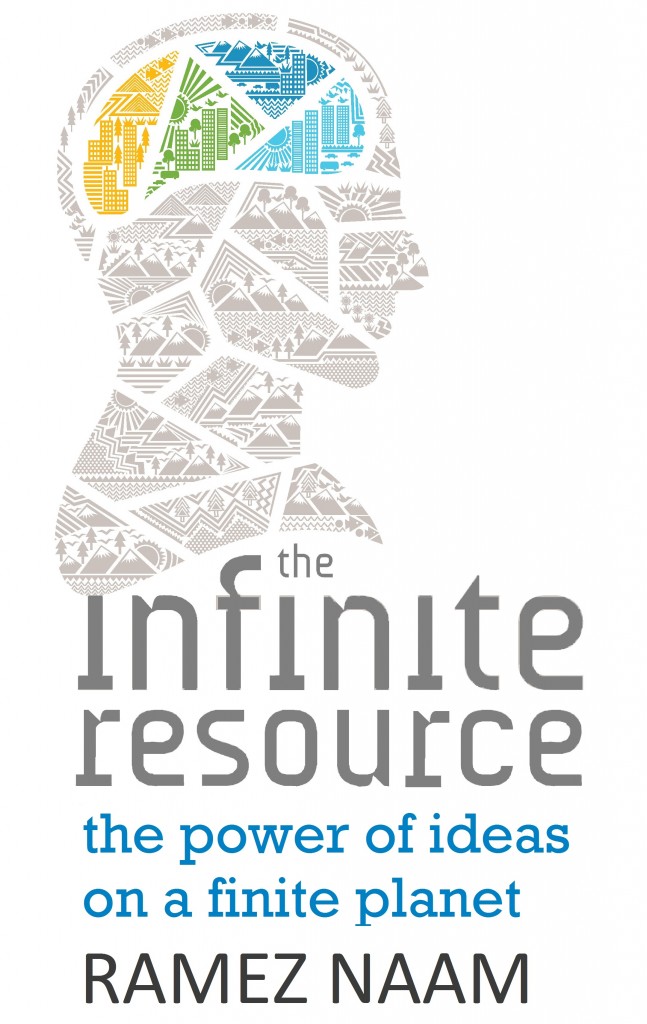
Batteries, Clean energy, Climate change, Disruption, Energy storage, Renewables, Solar, Wind
29 Sep, 2014
